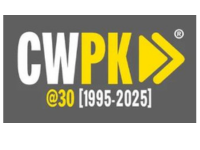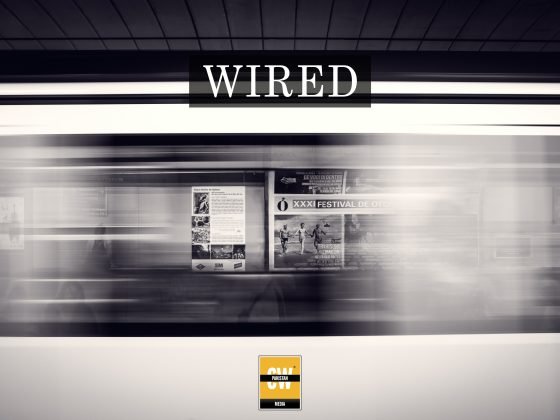In a significant step to address the increasing threat of AI-generated deepfakes, Meta has introduced Video Seal, a sophisticated watermarking tool designed to embed imperceptible markers into AI-created videos. This innovation, announced as an open-source solution, is positioned to bolster the fight against synthetic media by providing a reliable method for verifying content authenticity. The unveiling of Video Seal reflects a broader commitment by Meta to improve transparency in digital content and combat misinformation fueled by AI technology.
The tool, which can be seamlessly integrated into existing video processing software, applies an invisible watermark to AI-generated videos, making it easier to identify manipulated content without disrupting the visual experience for users. Meta’s new approach addresses the limitations of traditional watermarking methods, particularly those that are ineffective against compression and video edits commonly applied when sharing content on social platforms. This resilience makes Video Seal an essential tool in the ongoing effort to manage the proliferation of deceptive content online.
Pierre Fernandez, an AI research scientist at Meta, explained the motivation behind Video Seal in an interview with TechCrunch. He emphasized that the need for a robust watermarking solution arose because existing tools were falling short of expectations. “We developed Video Seal to provide a more effective video watermarking solution, particularly for detecting AI-generated videos and protecting originality,” Fernandez said. He noted that many current watermarking systems struggle with video compression, efficiency at scale, and reproducibility, factors that limit their practical application.
The core advantage of Video Seal lies in its durability against common video modifications. According to Meta, the embedded watermarks can withstand blurring, cropping, and popular compression algorithms—alterations that typically degrade or remove watermarks in other solutions. Beyond just embedding a watermark, Video Seal can also insert hidden messages into videos. These messages can later be decoded to trace the video’s origin, providing a powerful layer of verification.
Meta’s announcement of Video Seal comes alongside the re-release of its other watermarking tools—Watermark Anything for images and Audio Seal for sound files—under a permissive open-source license. This move encourages developers, researchers, and the broader tech industry to adopt and refine these tools, fostering a collaborative effort to tackle the deepfake challenge.
While Video Seal offers promising capabilities, Fernandez acknowledged its limitations. The tool’s effectiveness diminishes under conditions of heavy compression or significant video edits. In such cases, the watermark might be altered or lost entirely. However, Meta believes the tool still represents a significant step forward in watermarking technology and is optimistic about improving it through industry collaboration.
Meta faces competition in this space from other tech giants. DeepMind’s SynthID and Microsoft’s video watermarking solutions are also aimed at mitigating the impact of deepfakes. However, Fernandez argues that Video Seal offers superior robustness and efficiency. Unlike many other watermarking systems derived from image-based methods, Video Seal is specifically designed for video, making it better suited to handle the unique challenges posed by video manipulation.
To encourage adoption and transparency, Meta has launched the Meta Omni Seal Bench, a public leaderboard that benchmarks the performance of various watermarking tools. This initiative aims to promote open comparison and inspire innovation in the field. Additionally, Meta plans to host a workshop on watermarking at the International Conference on Learning Representations (ICLR), a prominent AI conference, later this year. These efforts are intended to build a community of researchers and developers committed to advancing watermarking technologies.
Fernandez underscored Meta’s goal of fostering widespread use of watermarking in the AI community. “We hope that more and more AI researchers and developers will integrate some form of watermarking into their work,” he stated. “We want to collaborate with the industry and the academic community to progress faster in the field.”
As deepfake technology continues to advance, the need for effective tools to distinguish genuine content from manipulated media becomes increasingly urgent. Meta’s Video Seal represents a forward-thinking approach to this problem, offering a scalable and resilient solution to an issue that threatens trust in digital content. By making the tool open-source and promoting collaboration, Meta is laying the groundwork for a more transparent and secure digital ecosystem.




